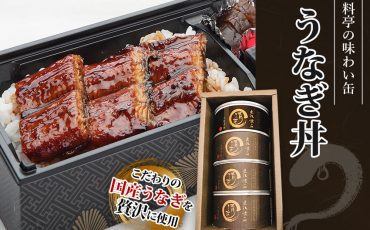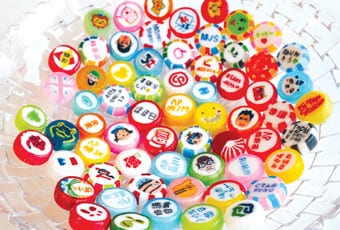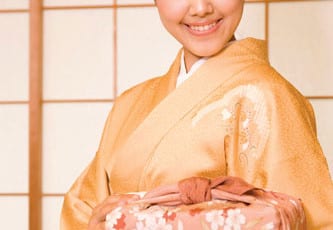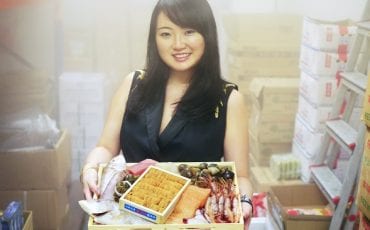Articles
Features
Japanese rice (Japonica rice) is the foundation of the Japanese diet, and is omnipresent at almost every meal. Just what is it about this food staple that makes it revered the world over?

Japanese rice grains are short and translucent, and are prized for their superior quality. While short-grain cultivars of Japanese rice are also grown in places like Thailand and California, the quality of the real McCoy is unmatched. That’s because Japan only has one rice-growing season per year, whereas rice grown in the tropics are harvested twice a year. This way, the land has ample time to “rest”, allowing the soil to be primed for the next growing season. Also, Japanese rice fields are irrigated with cool and pristine running water from the mountains, while the water in tropical rice fields is still.
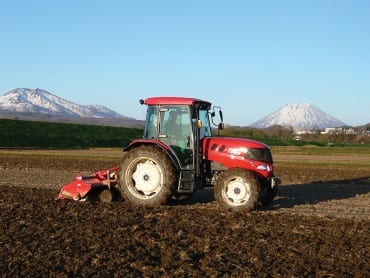
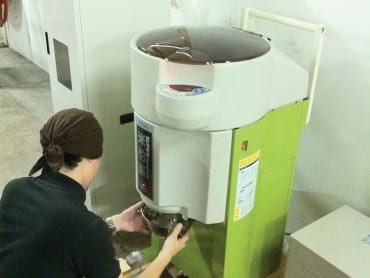
Which region in Japan grows the best rice?
The undisputed champion has to be Niigata prefecture, which produces Japan’s biggest harvest of rice, and is also known as the “rice capital of Japan.” Niigata faces the Sea of Japan to the west, and is surrounded by mountains on its other three sides. Apart from having an abundance of clean water from the snow-capped mountains, the climate in Niigata is also well suited for rice cultivation – the days are warm, and the nights, cold. Sado Island, in Niigata Prefecture, is one such region. This is where the Sado oyster-shell rice farming method was developed, and where the renowned Aida Koshihikari variant is cultivated.
Singapore is the second-largest importer of Japanese rice
Tawaraya is a Japanese rice supplier in Singapore that caters to both restaurants and home cooks, and is run by Sato Yuichi. According to Sato, Hokkaido is rising quickly as a popular rice-producing region. He explains that while it used to be a challenge to grow rice in the cold climes of Hokkaido, it’s now possible due to global warming. What sets their rice apart from other suppliers is how they only polish the rice upon order, ensuring it stays fresh.
While Tawaraya uses two high-end rice polishing machines at their plant in Jurong, coin-automated rice polishing machines (called Seimaijo) are a common sight in rural Japan. Depending on the settings you select, the machine buffs away the husk to produce the type of rice you want. 70 percent polished give you what is commonly known as brown rice, while 100 percent polished grains give you the ubiquitous white rice. Freshly polished rice give off a brighter sheen, and releases a comforting, toasty fragrance.
(Text Vanessa Tai)





